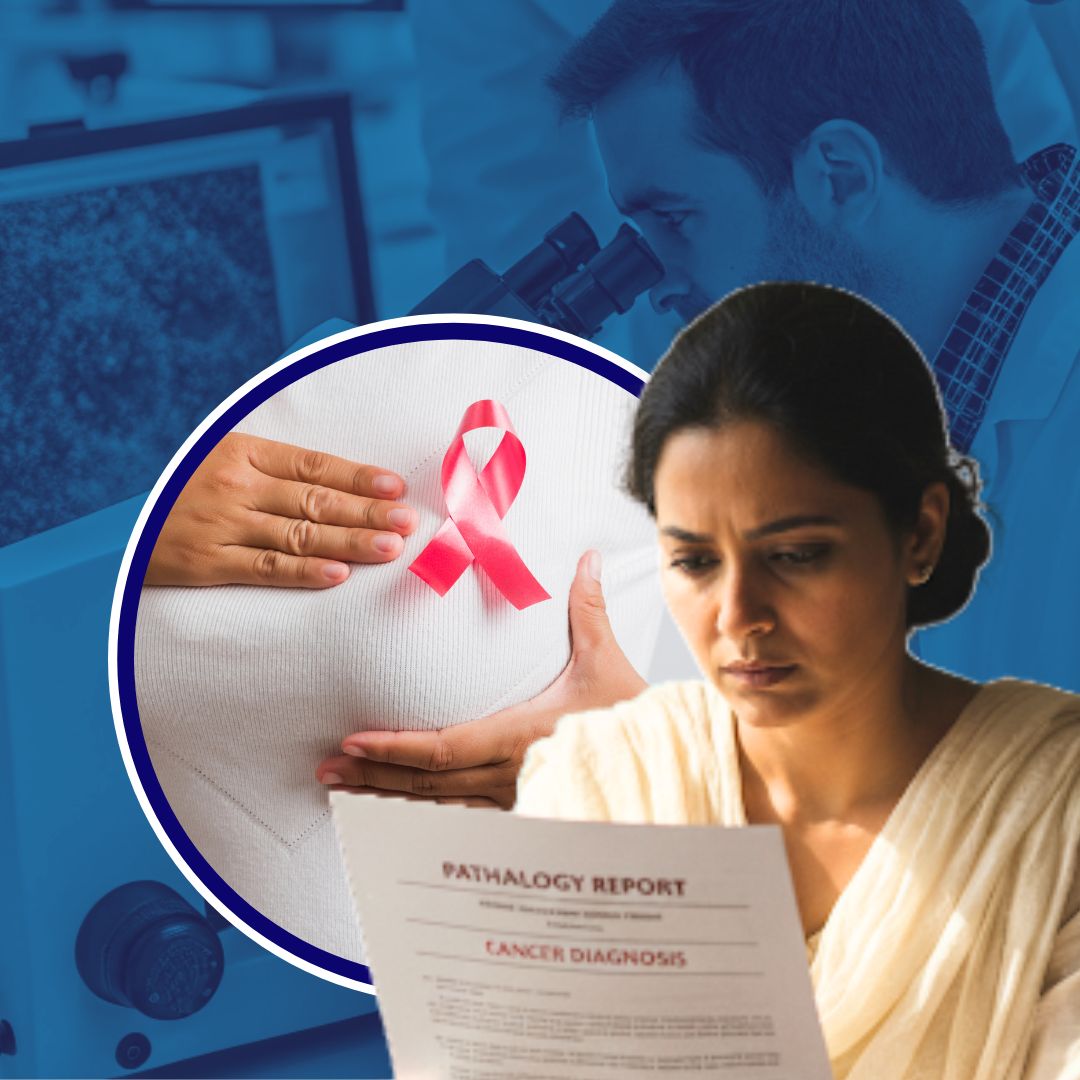Younger women under 50 years old are facing a concerning rise in breast cancer incidence, particularly estrogen-receptor positive tumours, as highlighted by recent studies including a comprehensive 2025 analysis by Washington University School of Medicine published in JAMA Network Open and an authoritative review in the Journal of the National Cancer Institute Monographs.
Contributing factors include lifestyle changes, genetic mutations, and environmental exposures. Health officials and oncology experts urge heightened vigilance, early detection, and lifestyle modifications to address this growing health challenge, especially among younger Black women who are disproportionately affected.
Rising Incidence Among Younger Women
The 2025 Washington University study analysed data from more than 217,000 US women diagnosed between 2000 and 2019 and found a sharp increase in breast cancer cases in women aged 20 to 49, especially after 2016. The increase predominantly involves estrogen-receptor positive tumours, which respond to hormone levels.
The Journal of the National Cancer Institute Monographs further highlights that breast cancer tends to be more aggressive and diagnosed at later stages in younger women. Dr. Adetunji Toriola, lead author of the study, warns that younger Black women face a 53% higher incidence rate compared to their white counterparts. Experts emphasize monitoring symptoms such as lumps, nipple discharge, breast shape changes, and pain for early intervention.
Expert Advice: Risk Factors and Preventive Measures
Multiple studies identify lifestyle factors such as obesity, alcohol use, delayed childbirth, and exposure to hormone-disrupting chemicals as significant contributors to the rising rates. Genetic factors, including mutations in the BRCA1 and BRCA2 genes, increase susceptibility.
A 2025 NIH study shows that certain hormone therapies affect breast cancer risk among women under 55, underlining the importance of personalised treatment. Dr. Monika Pansari, Senior Consultant Surgical Oncologist, advises younger women to perform regular breast self-examinations and remain vigilant, stating, “Early detection through self-checks and timely consultation can dramatically improve treatment outcomes and survival rates.” Public health campaigns now encourage lifestyle changes, increased awareness, and accessible genetic screening to mitigate risk.
Challenges in Diagnosis and Treatment
Younger women often face challenges due to denser breast tissue, which makes mammograms less effective, leading to delayed diagnoses. Screening guidelines traditionally start at age 40 or 50, potentially missing early cases in younger women.
Treatments can be more intense and complicated due to the aggressive nature of tumours and younger patients’ unique biological and lifestyle needs. Breast cancer treatments may cause early menopause, fertility concerns, and long-term health effects such as heart complications.
The Journal of the National Cancer Institute Monographs stresses the need for multidisciplinary care tailored to younger women’s reproductive and psychosocial needs to improve quality of life and survivorship.
The Logical Indian’s Perspective
The Logical Indian calls for compassionate, informed action to address the rising breast cancer risk in younger women with sensitivity to their unique challenges.
Through education, accessible healthcare, stigma reduction, and community support, we advocate empowering women to take control of their health proactively. Collaborative efforts from policymakers, healthcare providers, researchers, and society can foster hope, resilience, and improved outcomes.











